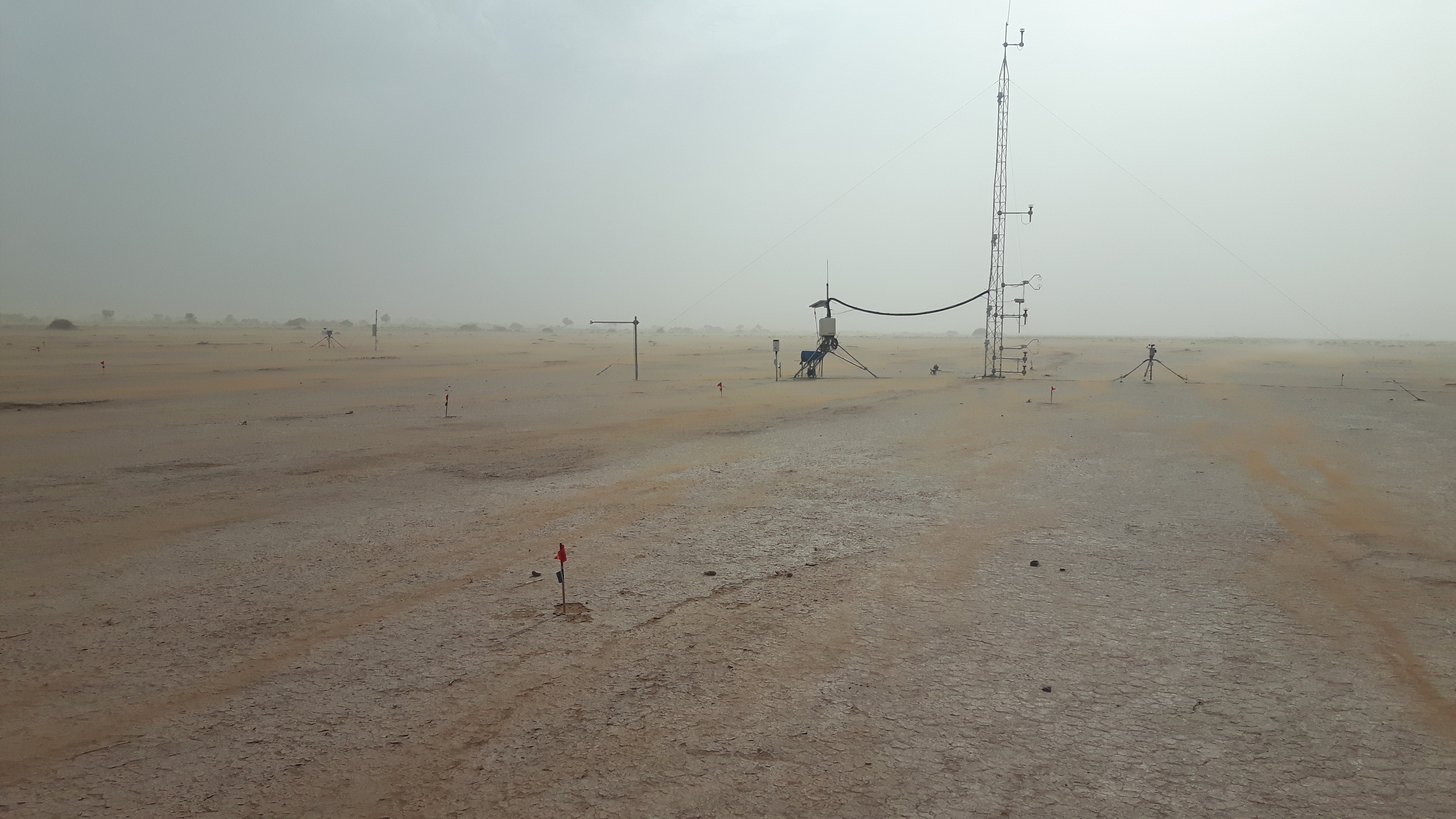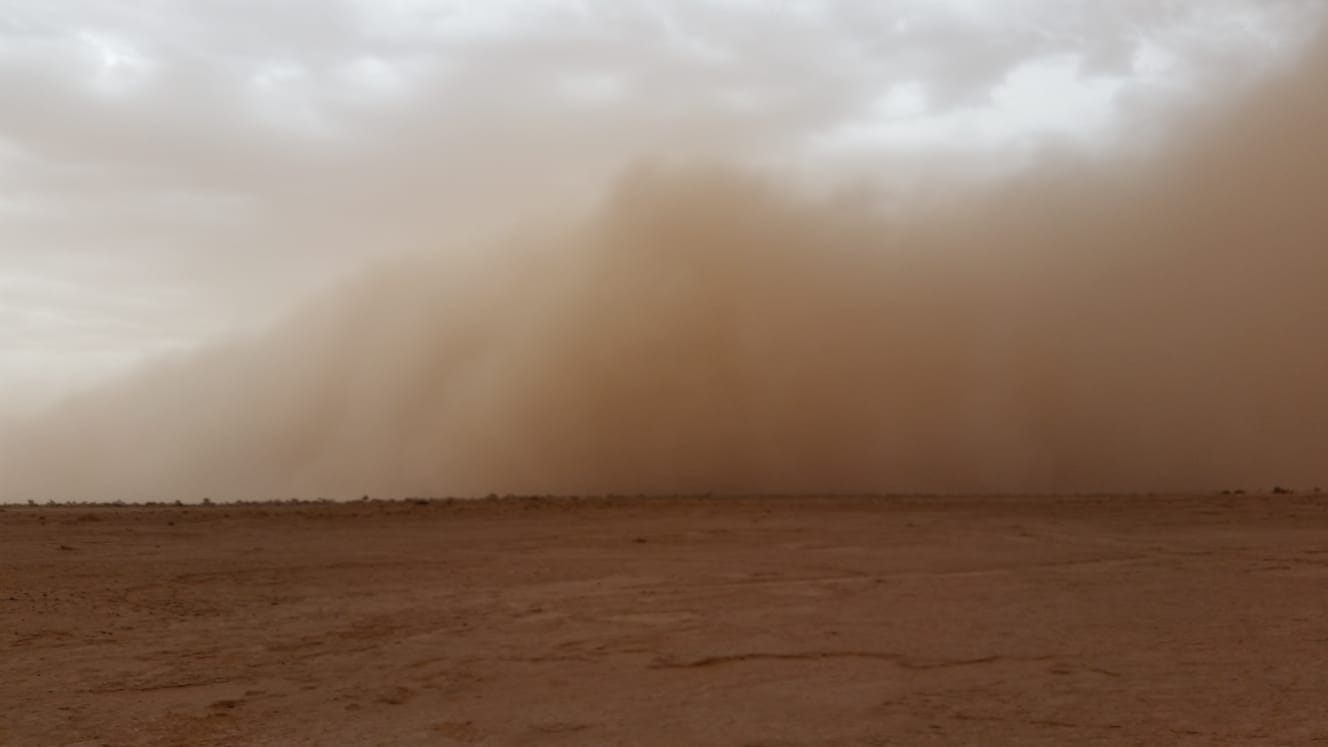The last expedition took place in the Moroccan desert where the team collected data to understand and quantify the global composition of mineral dust.
The next campaigns were planned for March and April 2020 in the Mojave Desert (USA), and August and September 2020 in Iceland, but they have been cancelled due to emergence of the Coronavirus pandemic.
In principle, these campaigns are expected to take place in 2021, although it will depend on the evolution of the pandemic.
A group of researchers, led by the Barcelona Supercomputing Center (BSC), is carrying out expeditions to deserts around the world with the aim of collecting diverse data that will allow better understanding and quantifying the global composition of airborne desert dust, and its effect upon climate. These campaigns, performed in the context of the FRAGMENT project, will be particularly important to improve our presently incomplete understanding of the physical processes of dust emission. The experimental data gathered is needed to answer key scientific questions and evaluate theories and dust models, such as the ones developed at BSC and run routinely on the MareNostrum supercomputer.
The following campaigns were supposed to happen between March 13th and May 13th in the Mojave Desert in California, and between August and September in Iceland. The instruments had already been sent by mid-February to the US, and the researchers Carlos Pérez García-Pando and Martina Klose were already in the Mojave National Preserve. The rest of the participants were to supposed to arrive on March 13th, but due to the Coronavirus pandemic the campaign had to be postponed. In principle, these campaigns will take place in 2021, always depending upon the evolution of the COVID-19 pandemic.
Expedition to Morocco
BSC and other research institutions such as the Institute of Environmental Assessment and Water Research at the Spanish Research Council (IDAEA-CSIC), the Technical University of Darmstadt (TUDA, Germany), Cadi Ayyad University (Marrakesh, Morocco) and the California Institute of Technology (Caltech, US) conducted the first field campaign of the project “FRontiers in dust minerAloGical coMposition and its Effects upoN climaTe” (FRAGMENT) in M'hadmid El Ghizlane, Morocco.
The expedition took place from August 23rd to October 7th, 2019, and it allowed the collection of large amounts of data, which will be helpful to reduce uncertainties related to the size and composition of dust emitted from the deserts of the planet that affects both local and global climate.
FRAGMENT is an ERC Consolidator Grant led by Carlos Pérez García-Pando, ICREA Research Professor, AXA Professor and head of the Atmospheric Composition (AC) Group at the BSC. BSC has a long-standing tradition in the research of desert dust, and it hosts an AXA chair on mineral dust storms funded by the AXA Research Fund and two regional centers of dust prediction in collaboration with AEMET and supported by the World Meteorological Organization. The project aims to understand the composition of atmospheric mineral dust on a global scale and its impact on climate. Understanding and quantifying the dust global composition is major research challenge.
Together with Carlos Pérez García-Pando, the following researchers were also part of the expedition: Martina Klose, Cristina González Flórez and Adolfo González Romero from the BSC, Andrés Alastuey, Xavier Querol, Cristina Reche and Jesus Yus from IDAEA-CSIC, Konrad Kandler and Agnesh Panta from TUDA; and Bethany Ehlmann and Rebecca Greenberger from Caltech. Kamal Tajeddine from Cadi Ayyad University supported in many aspects the organization of the campaign.
The aim of the campaign: collecting data
The team considers that the field campaign was a success since many dust events of varying intensity took place, which allowed collecting a very valuable and diverse dataset. The collected data includes meteorological variables such as wind and temperature profiles, relative humidity, pressure, precipitation and radiative fluxes, optical properties (absorption and scattering) and dust concentrations by size at different heights. Soil humidity was also measured and spectroscopic measurements of the surface and physical dust and soil samples were taken. At present, the massive amount of collected data is still being processed. The analysis of soil and dust samples is being undertaken in the IDAEA-CSIC and Darmstadt University laboratories.
Related information:







